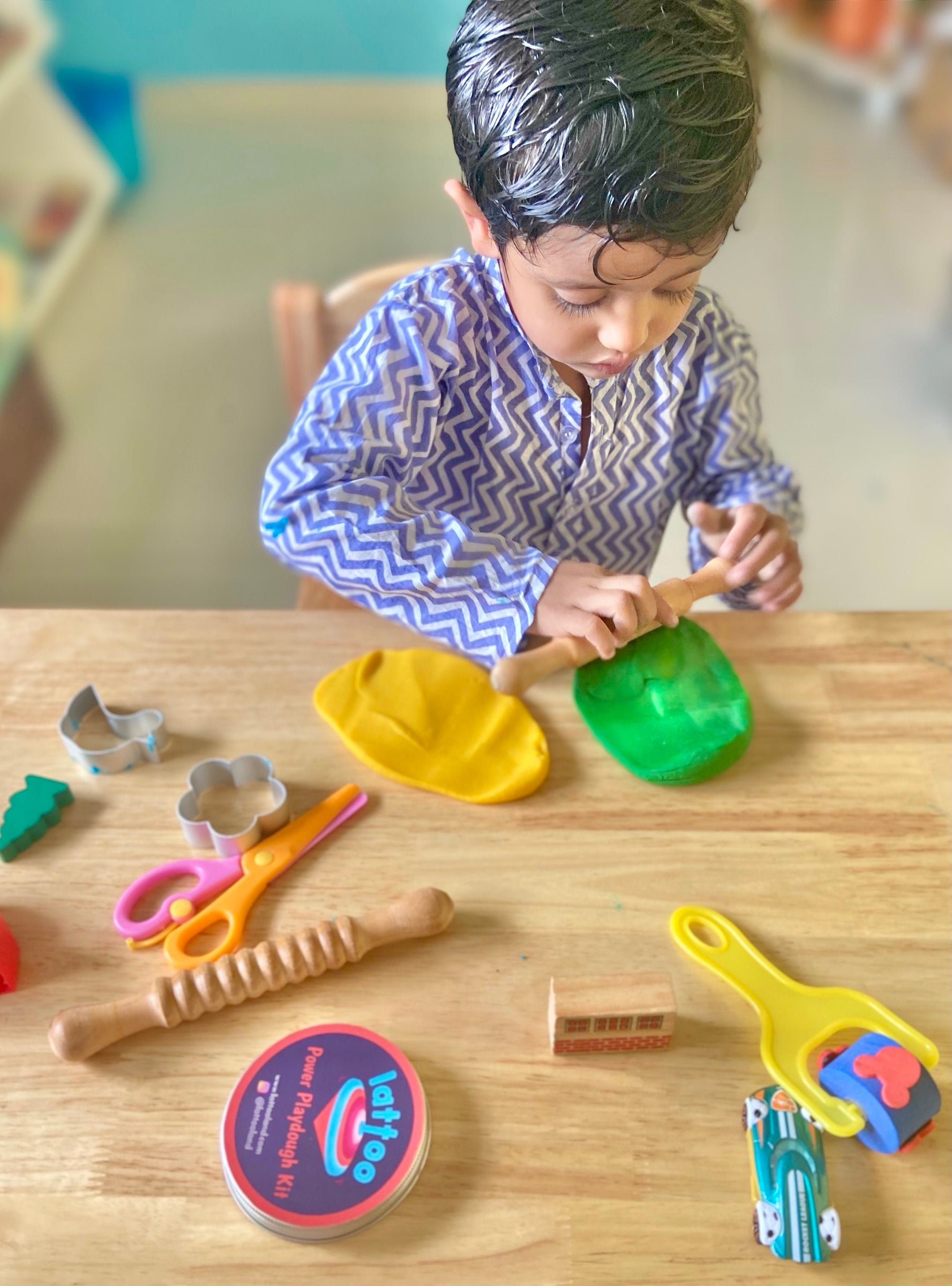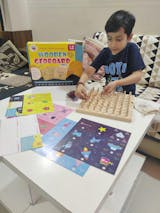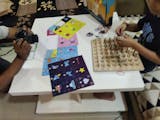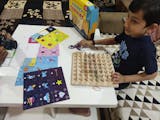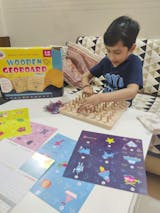Developmental Milestones for a Two-Year-Old: What Parents Need to Know
As your toddler reaches the age of two, understanding their developmental milestones becomes essential. Tracking these milestones helps you ensure that your child is growing healthily across various domains such as language development, motor skills, and social-emotional behavior.
In this guide, we’ll explore the key developmental milestones for 2-year-olds, based on research from reliable sources like the American Academy of Pediatrics (AAP), Centers for Disease Control and Prevention (CDC), WHO, NIH etc. We’ll also provide practical tips for supporting your child’s growth.
What are Developmental Milestones?
Developmental milestones are markers of physical, cognitive, and social growth that most children achieve by a certain age. These include skills in areas such as speech development, problem-solving, fine and gross motor skills, and emotional regulation. While children develop at their own pace, recognizing these milestones for a 2-year-old helps track typical progress.
Cognitive Development Milestones for a 2-Year-Old
The cognitive development of a toddler includes their ability to think, learn, and explore their environment. At two years old, toddlers are particularly curious and begin to solve simple problems.
What to expect:
- Problem-solving abilities: Your child will start solving simple puzzles (2-6 pieces) and may engage in pretend play like using a toy phone or cook with toy utensils.
- Exploration: Toddlers explore their surroundings by testing cause-and-effect, such as shaking up toys or dropping them to hear sounds.
How to support:
Provide open-ended toys like building blocks, simple puzzles, and color sorting toys that encourage creative problem-solving to nurture their cognitive development.
Language Development Milestones for 2-Year-Olds
Language development is a significant part of your toddler’s growth. By age two, most toddlers have a vocabulary of 50 to 100 words and are beginning to form two-word sentences. These speech development milestones are important indicators of their communication abilities.
What to expect:
- Growing vocabulary: By two years, most toddlers can say words like “mama,” “car,” or “dog.” They’ll have an active vocabulary of 50-100 words.
- Simple sentences: Toddlers begin forming sentences such as “want juice” or “go park.”
- Following commands: They can understand simple instructions like “Pick up the ball” or “Close the door.”
How to support:
Engage in daily conversations with your child, read books daily, and encourage them to name objects they see. You can also repeat words to reinforce language milestones. Use Lattooland’s Clay Dough Mats, which feature letters, numbers, and shapes. These mats are perfect for helping toddlers associate words with visuals, reinforcing early language and cognitive skills. Parents can also incorporate sensory play by talking about colors, textures, and shapes while using Lattooland’s sensory tools and nature paints.
Social and Emotional Development for a 2-Year-Old
By age two, toddlers become more aware of themselves and others. This period marks the beginning of social-emotional development, which includes recognizing emotions and interacting with peers.
What to expect:
- Parallel play: Two-year-olds often engage in parallel play, where they play next to other children but not directly with them.
- Emotional recognition: They begin to express a wide range of emotions, and tantrums become common as they struggle to navigate big feelings.
- Independence: They want to try things on their own, such as feeding themselves or picking out clothes.
How to support:
Encourage your toddler’s emotional growth by labeling their feelings, e.g., “I see you’re feeling sad.” Create opportunities for parallel play with other toddlers to enhance their social skills. Encourage your child’s social development by providing pretend play toys like wands, play silks which helps build imagination and social interaction. To support emotional regulation, use Lattooland’s sensory rice or play dough as calming tools when your toddler is feeling overwhelmed. These tactile toys help toddlers focus and manage their emotions better.
Physical Development Milestones: Fine and Gross Motor Skills
Two-year-olds experience rapid physical development, including both fine motor skills (small movements) and gross motor skills (large movements). Physical milestones for 2-year-olds show their increasing ability to control their bodies.
What to expect:
- Walking and running: Your child should be able to walk confidently and may start running without tripping frequently.
- Kicking a ball: Most toddlers can kick a ball forward, which shows improved coordination and balance.
- Fine motor skills: Your toddler will begin stacking blocks, turning pages in books, and using paint to draw simple shapes like circles.
How to support:
To enhance gross motor skills, encourage outdoor play with activities like running, jumping, or kicking a ball. For fine motor skills, Lattooland’s wooden tools are perfect for small hands, helping toddlers develop precision in grasping and manipulating objects. The Rainbow Sorting Activity also supports fine motor skill development, as toddlers use tongs to sort colored pom-poms.
Common Concerns About 2-Year-Old Development
While children develop at their own pace, certain signs may indicate developmental delays. According to the CDC, you should consult a pediatrician if your child:
- Isn’t walking steadily by 18 months.
- Doesn’t speak in two-word sentences by age 2.
- Doesn’t show interest in parallel play or engaging with other children.
- Doesn’t recognize the function of common objects like spoons or brushes.
If you have concerns, it’s always best to consult your paediatrician for early intervention.
How to Support Your 2-Year-Old’s Development
Parents play a key role in helping their toddler reach developmental milestones by providing the right tools and environment. Here are some actionable ways to support your child:
- Maintain a consistent routine: Establish predictable mealtimes, nap times, and playtimes to give your toddler a sense of security.
- Sensory play: Use Lattooland’s sensory toys like play dough, sorting activities, nature paints and sensory balls to encourage cognitive, motor, and emotional development.
- Interactive learning: Introduce letters, numbers, and shapes in a playful, hands-on way.
- Encourage exploration: Let your child explore both indoors and outdoors to promote physical and cognitive growth.
- Model language: Speak clearly and often, labeling objects and actions to encourage language development.
Conclusion
Understanding the developmental milestones for a 2-year-old helps you ensure your child is growing healthily across all areas. While children develop at their own pace, these guidelines offer a helpful framework for tracking progress. Support your child by fostering an environment of play, exploration, and learning.
Looking for toys that promote toddler development? Explore Lattooland’s sensory tools and educational toys designed to encourage creativity, motor skills, and cognitive development.
Sources:
- Centers for Disease Control and Prevention (CDC) – Developmental Milestones for 2-Year-Olds
- American Academy of Pediatrics (AAP) – Speech and Language Development
- World Health Organization (WHO) – Early Childhood Development
- Zero to Three – Social-Emotional Development in Toddlers
- National Institutes of Health (NIH) – Developmental Delay







